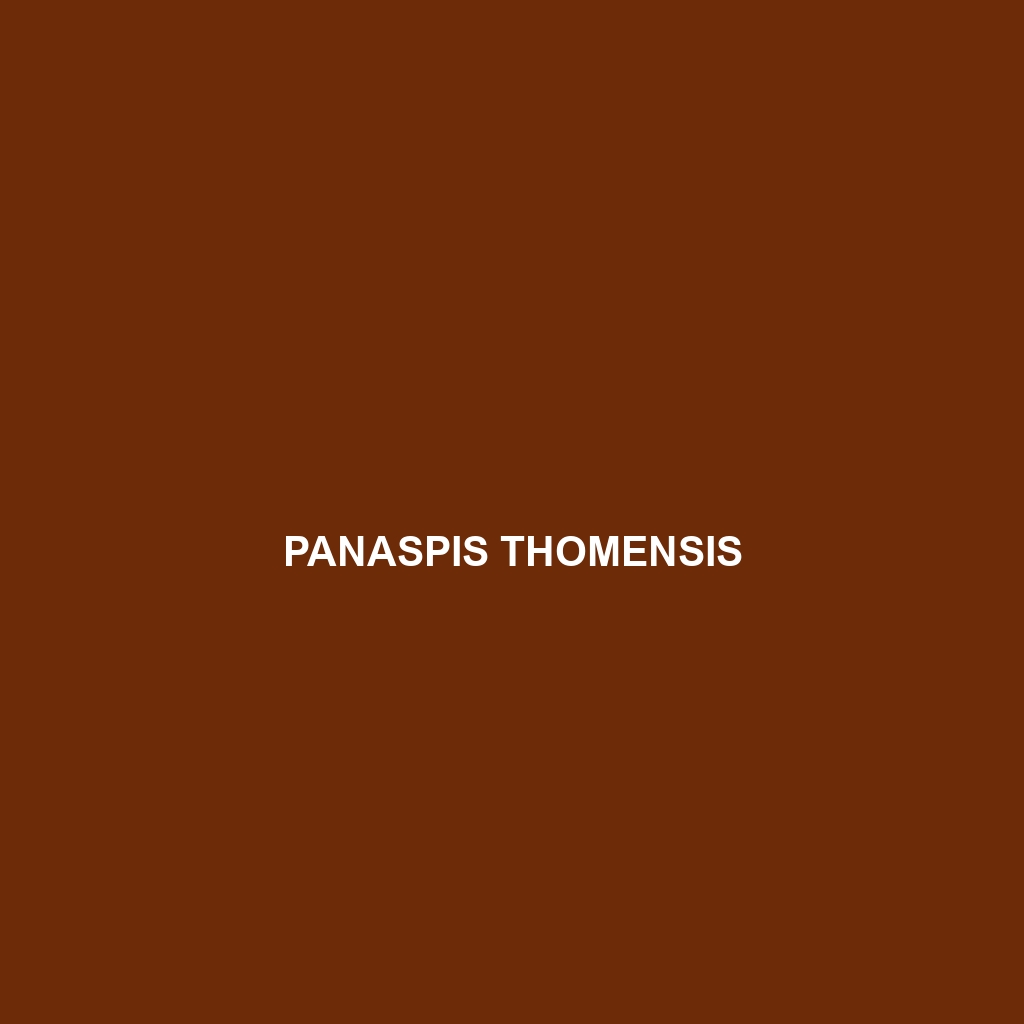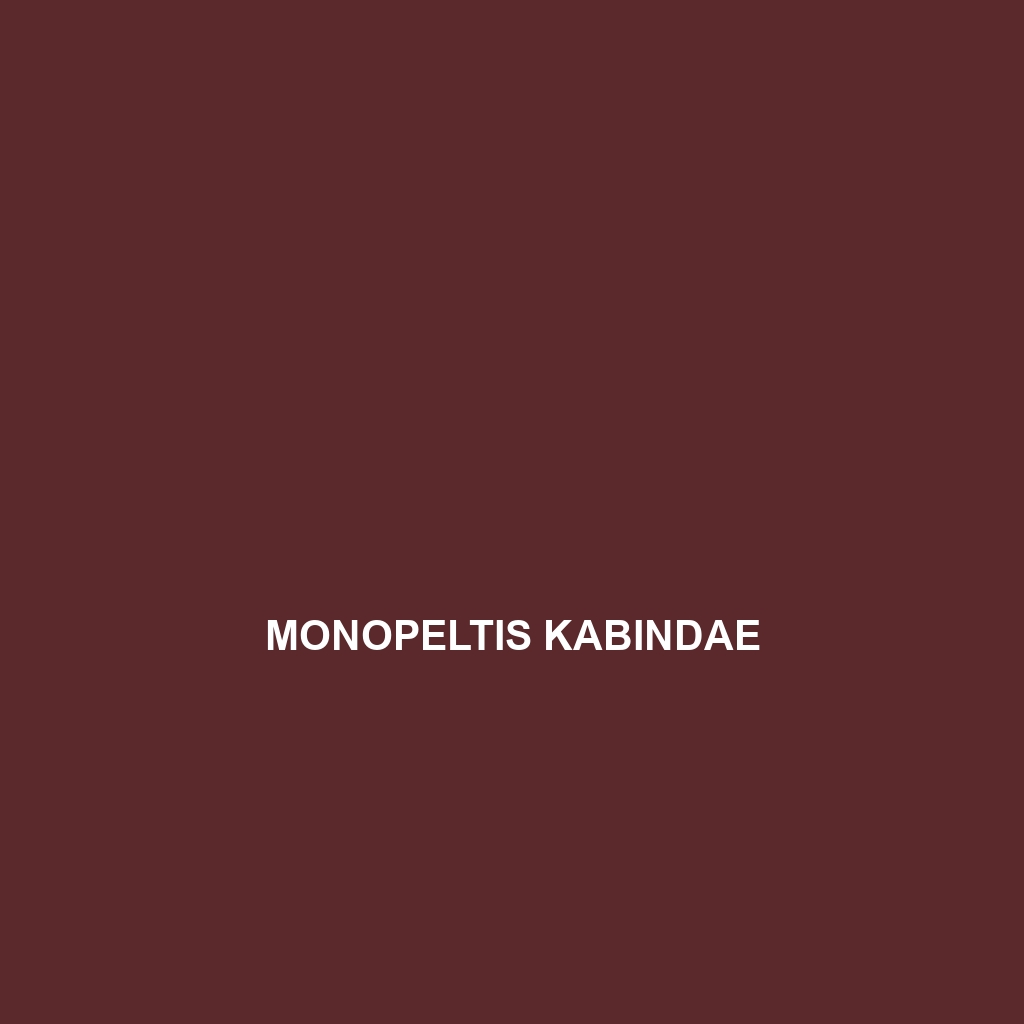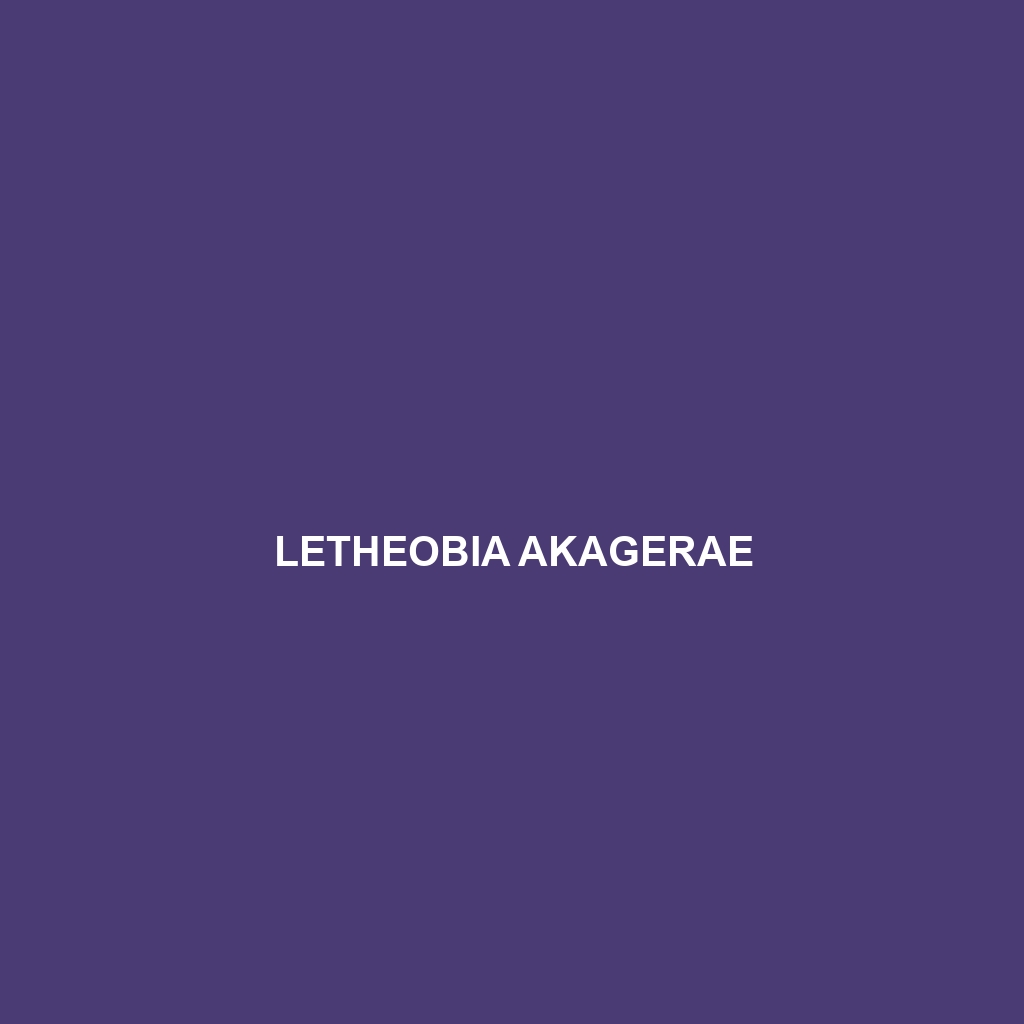<p><b>Sphenomorphus cameronicus</b>, native to the lush rainforests of Cameroon, is a vibrant, insectivorous species exhibiting striking earth-toned coloration, smooth scales, and unique autotomy behavior. This fascinating reptile plays a vital role in its ecosystem by managing insect populations and promoting soil health.</p>
Tag: Central Africa reptiles
Philothamnus bequaerti
Philothamnus bequaerti, commonly known as Bequaert’s Green Snake, is a striking arboreal species native to the tropical rainforests and savannas of Central and East Africa. With its vibrant green coloration and preference for humid habitats near water bodies, this carnivorous snake plays a vital role in its ecosystem, preying on small vertebrates while exhibiting unique behaviors such as nocturnal hunting and effective camouflage.
Philochortus phillipsi
<p><b>Philochortus phillipsi</b>, commonly known as Phillips' Lizard, is a captivating insectivore native to central Africa, showcasing a slender body measuring 15 to 25 cm, vibrant blue throat, and adaptable behavior across diverse habitats. This diurnal lizard plays a crucial role in its ecosystem by controlling insect populations and serving as prey for larger predators.</p>
Panaspis thomensis
<p>The <b>Panaspis thomensis</b>, or São Tomé skink, is a medium-sized, insectivorous lizard native to the tropical rainforests of São Tomé, characterized by its striking dark brown or olive green scales and agile movements. Recognized as 'Vulnerable', it plays a vital role in maintaining ecological balance by controlling insect populations and serving as a food source for predators.</p>
Panaspis mocamedensis
<p><b>Panaspis mocamedensis</b>, a small to medium-sized snake native to the rainforests and savannas of Central Africa, exhibits nocturnal behavior and preys primarily on insects. With its distinctive dark brown or greenish coloration and smooth, iridescent scales, it plays a crucial role in its ecosystem by controlling insect populations while serving as prey for larger predators.</p>
Monopeltis kabindae
<p><b>Monopeltis kabindae</b> is a striking legless skink native to the moist environments of Central Africa, known for its glossy, smooth scales and distinctive dark brown and bronze coloration. This nocturnal insectivore plays a crucial role in its ecosystem by controlling insect populations and contributing to soil health through its burrowing behavior.</p>
Micrelaps vaillanti
Micrelaps vaillanti (Vaillant's snake) is a slender, nocturnal serpent native to Central and Western Africa, known for its striking black and yellow bands that aid in camouflage. This carnivorous species primarily preys on small lizards and mammals, playing a crucial role in maintaining ecological balance within its tropical rainforest habitat.
Lygodactylus tchokwe
<b>Lygodactylus tchokwe</b>, known as the Tchokwe dwarf gecko, is a vibrant insectivorous species native to Central and Southern Africa, thriving in various habitats such as rainforests and savannas. With its striking coloration and nocturnal behavior, this small gecko plays a crucial role in regulating insect populations while showcasing unique mating rituals and agility in climbing.
Letheobia akagerae
<b>Letheobia akagerae</b> is a slender, nocturnal snake native to the rainforests and savannas of Central Africa, known for its distinctive reddish-brown to gray color patterns, large round eyes, and behavior as a carnivore preying on small mammals and birds. Classified as vulnerable due to habitat loss, it plays a crucial role in regulating ecosystems and maintaining biodiversity.
Ichnotropis tanganicana
Discover the vibrant <b>Ichnotropis tanganicana</b>, an omnivorous species native to the rainforests and savannas of Central and East Africa, distinguished by its striking coloration and unique climbing abilities. This fascinating reptile plays a crucial role in its ecosystem, controlling insect populations and contributing to seed dispersal while exhibiting intriguing social behaviors.









